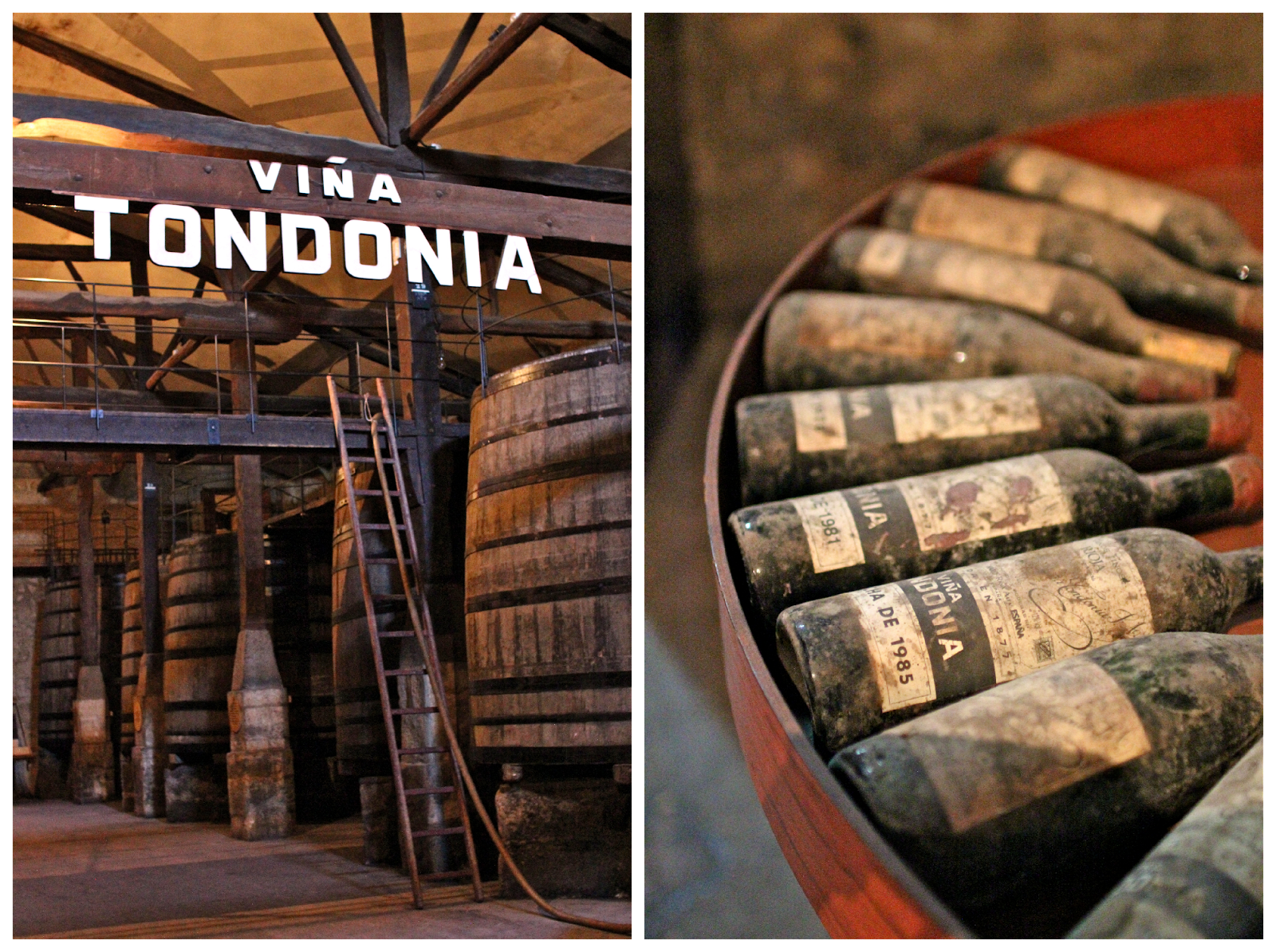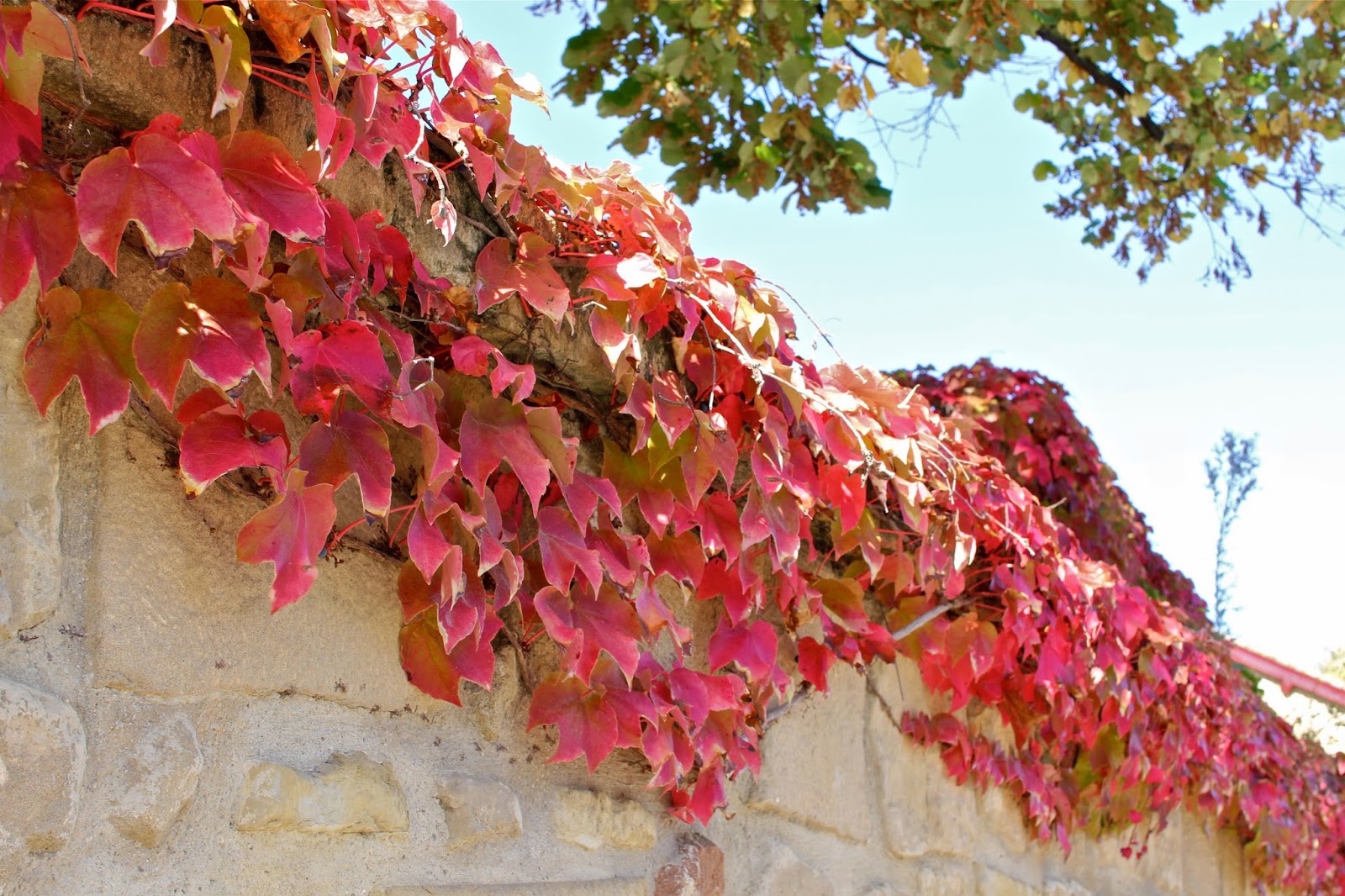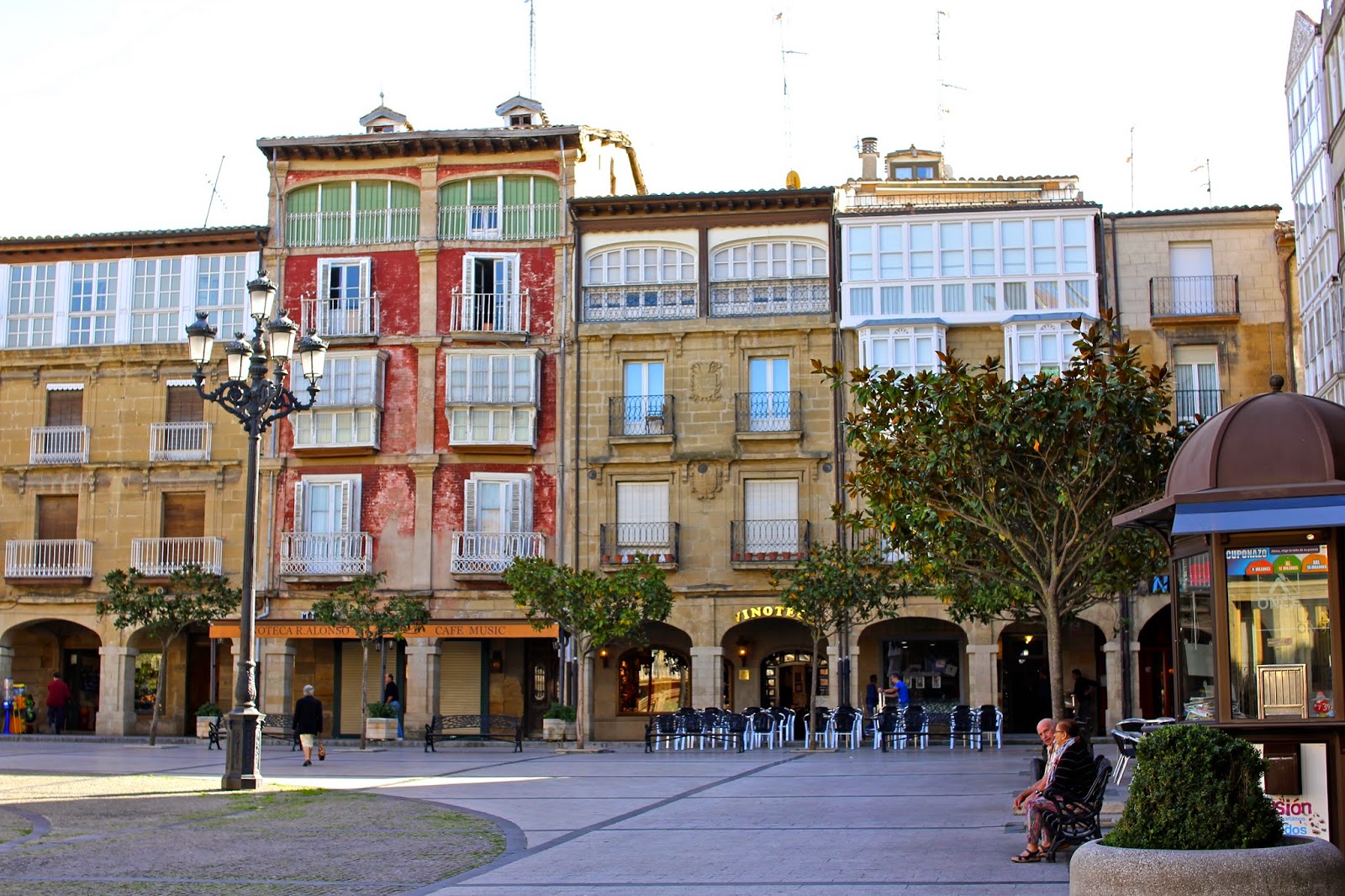
Heaven is a place on earth, and that place is Haro, La Rioja. Last weekend we ventured to the heart of Spanish wine country in search of the perfect glass of fruity, smooth and subtle Rioja wine. Thankfully, after wine tasting in Haro - the wine capital of Rioja - we found just that.

Recently, Spain has surpassed both France and Italy by becoming the world's largest wine producer. Of the many varietals that are cultivated and produced in Spain, Rioja wines are some of the most celebrated.
But what's so special about Haro? Just a 30 minute bus ride from Logroño, Haro is more than just your average Spanish pueblo. Not only does this charming village boast enchanting plazas and picturesque cobblestone streets, but it's also brimming with bodegas, or wineries.
In the 1870s, phylloxera aphids were attacking and destroying vineyards in Bordeaux, France. To save their wineries, French wine makers took their healthy vines to La Rioja, where the vines were then replanted along the railways in Haro. Once the French departed, the vines were left in the hands of the Spaniards. While many of the Spanish workers left, several decided to stay in Haro - including Rafael Lopez de Heredia, the founder of Viña Tondonia.


Not only is Tondonia the oldest winery in Haro, but it's also the third oldest bodega in the region of La Rioja. Since 1877, family owned and operated Viña Tondonia has been producing quality wines using traditional methods.
Among the myriad of wineries in Haro, Tondonia is the only one still using most of their original processing methods. In lieu of modern filtration systems and clarification processes, you can find Viña Tondonia utilizing bouquets of sticks, egg whites, and other archaic techniques. Time consuming as it may be, Tondonia's antiquated strategies ensure that each harvest results in high quality wine.


The tour of Tondonia's winery was absolutely enthralling, and seeing firsthand how their archaic methods are implemented was nothing less than fascinating. Our tour included a tasting of three of their perfectly aged wines: their 2005 white Viña Gravonia (which tasted surprisingly like a red), their 2003 Viña Bosconia, and my personal favorite - their 2002 Viña Tondonia Reserva.


As if wine tasting in Haro weren't magical enough, we also spent part of our afternoon exploring the darling town. We wandered aimlessly through the plazas, we each enjoyed a café con leche while we basked in the sun, and we got lost within the colorful, winding streets.


And what would a decadent day of wine tasting be without delicious food to accompany it? We prefaced our tasting at Tondonia with a savory lunch at Los Caños, a traditional pincho bar tucked away in a hidden plaza within the center of Haro. I admired the glutinous pinchos from afar while I devoured my huevos rotos con jamón. We enjoyed our meal alongside several well-rounded and velvety glasses of Martínez Lacuesta Campeador 2005 Reserva.



Cheers, Haro!
How to get to Haro from Logroño:
Take an Autobuses Jimenez bus from the Logroño bus station.
Timetables can be found here. Bus tickets cost 3.70€ each way.
Viña Tondonia is a 20 minute walk from the bus station.
What's your favorite Spanish wine?
Where is the best place you've been wine tasting?





















